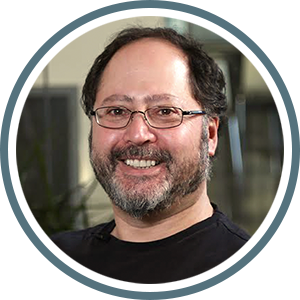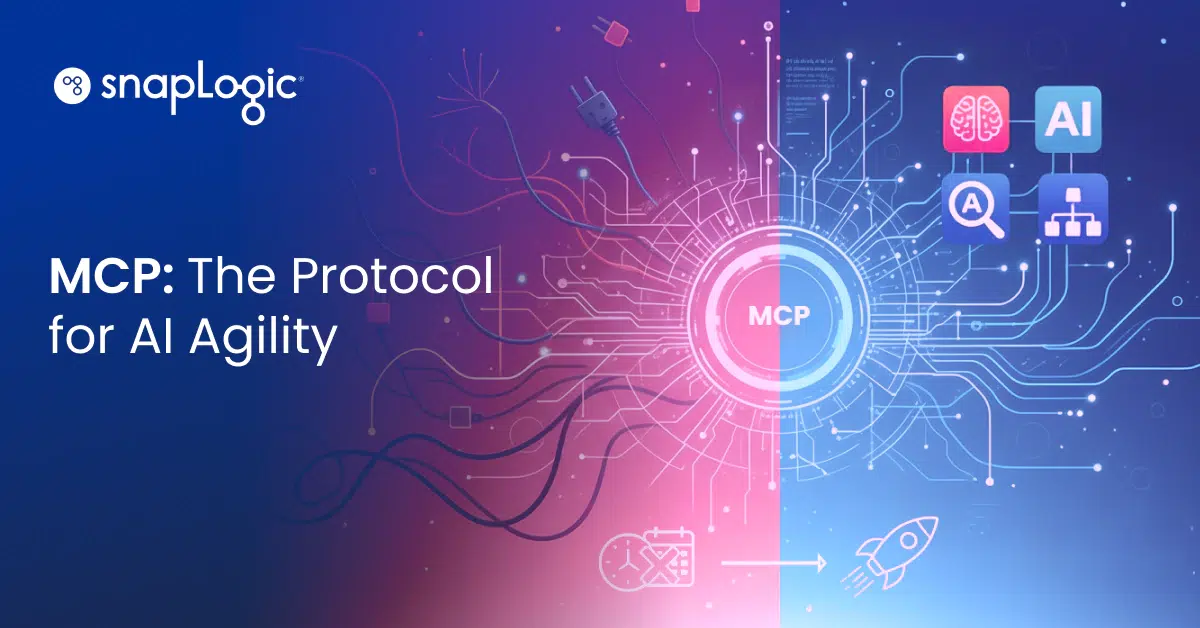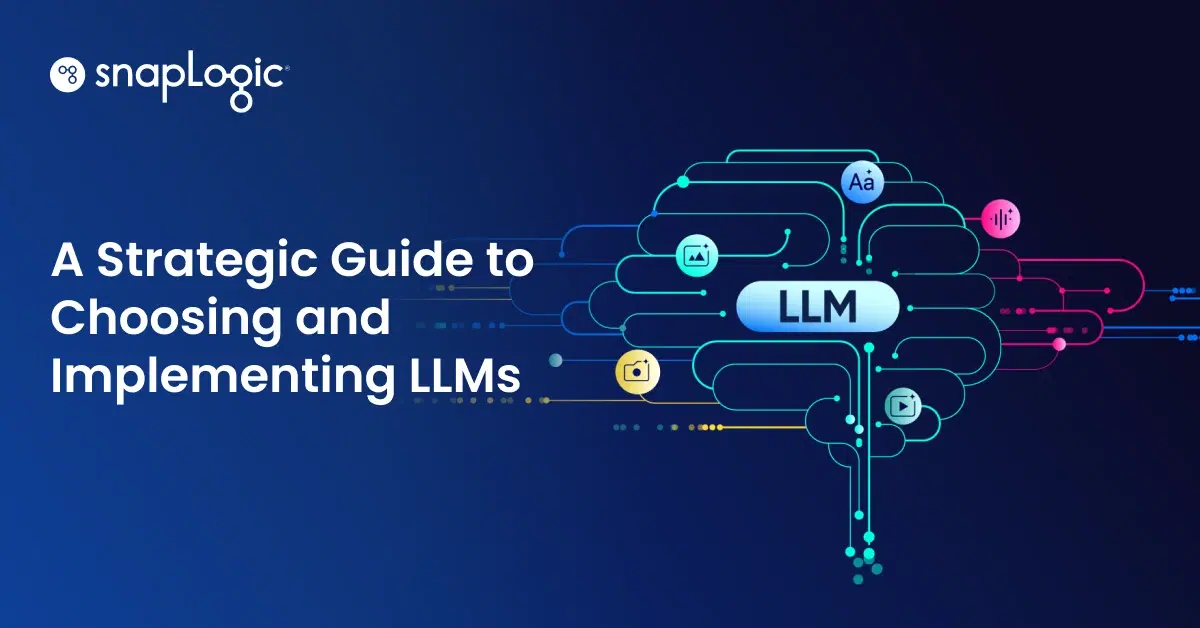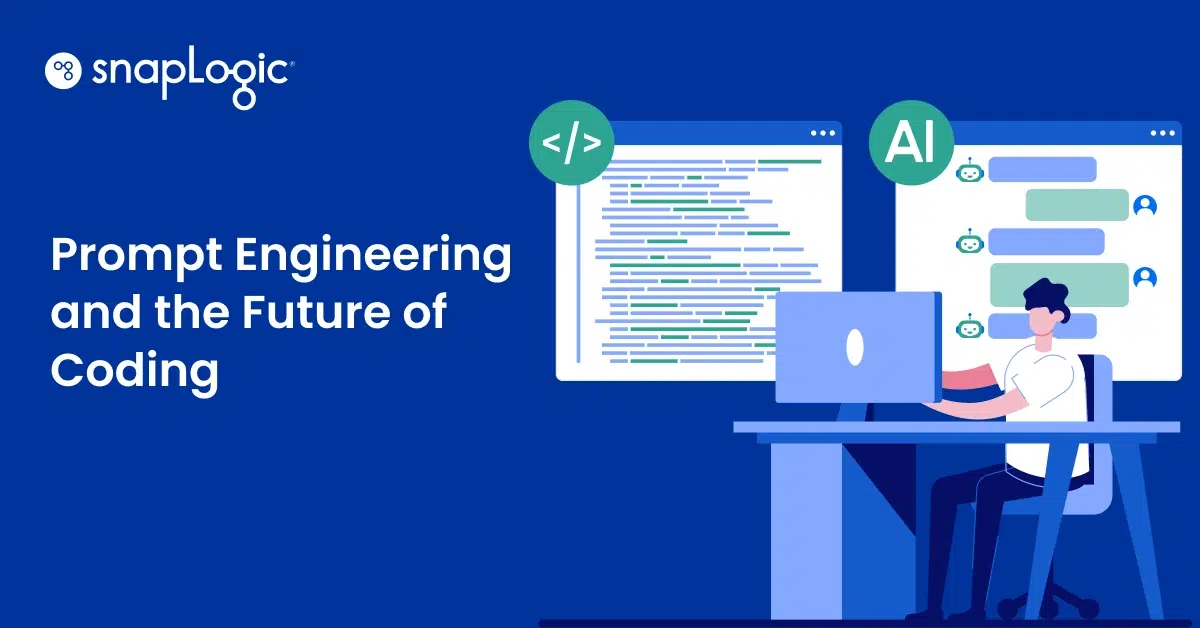Previously published in The Wall Street Journal.
Thousands of American high-school students on Tuesday will take the Advanced Placement calculus exam. Many are probably dreading it, perhaps seeing the test as an attempt to show off skills they will never use. What if they’re right?
I started thinking about this recently when my 14-year-old daughter was doing her pre-calculus homework. I couldn’t help wondering: Is this the best direction for children her age? Students need skills to thrive in the 21st-century workplace, and I’m not convinced calculus is high on that list. Sure, calculus is essential for some careers, particularly in physics and engineering. But few eighth-graders are set on those fields.
It’s clear, on the other hand, that the American economy has entered a new age of data. Workers increasingly must analyze reams of numbers to improve products, increase sales or cut costs. Maybe high schools should spend more time on subjects like statistics and probability.
The Labor Department estimates that “statistician” will be one of the fastest-growing job categories over the next decade, faster than “software developer” and “information security analyst.” The pay isn’t bad either: The median statistician made $84,060 in 2017.
Yet in 2016 nearly 450,000 high-school students took an AP calculus exam. Fewer than half that took the statistics test, and fewer still took an AP exam in computer science.
Calculus classes have expanded dramatically in high schools since the 1980s. Intense competition for elite colleges is probably pushing students to take calculus because they hope it will increase their chances of admission.
But if high schools “teach to the test,” gearing classes to help students pass the AP exam, it could be counterproductive for students who wind up choosing physics or engineering. When college comes around, they may struggle if they are allowed to skip first-semester math classes even if they haven’t truly grasped the basics.
I’m not saying high schools should stop teaching calculus, but perhaps colleges should reconsider awarding credit for it. Changing the incentives could encourage students to take subjects relevant to their ambitions. Statistics and probability are much easier to apply to real-world problems, such as traffic analysis or election polling, which helps keep adolescents engaged. Failing at math is sometimes cited as an “academic tripwire” that causes students to drop out of school.
There’s evidence that parents already favor a change in curriculum. In a 2015 Gallup poll, 9 of 10 parents said computer science should be taught in schools, but many districts don’t teach it well. The education system is not aligned with the reality of today’s workplace.
One positive shift is that outside opportunities for learning have greatly expanded. Millions of people world-wide have signed up for MOOCs, massively open online courses, which facilitate self-directed study. Popular courses include machine learning, data science, and the programming language R, which is widely used in data science and statistics.
So spare a thought on Tuesday for the half-million teenagers drudging through derivatives. I hope the test gets them into the colleges of their dreams, but how much it will help them build careers is uncertain. As for the next generation of high-schoolers: Statistics is calling. You might like it, and it can get you a good-paying job—in all probability.









